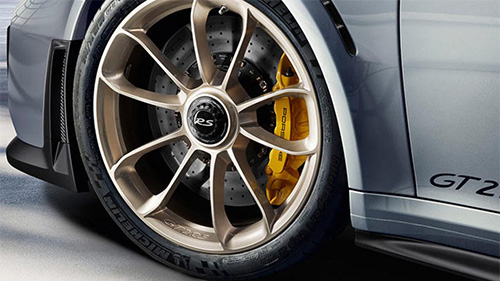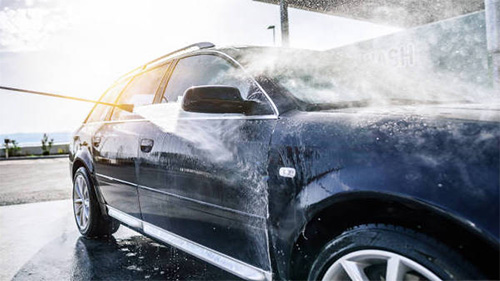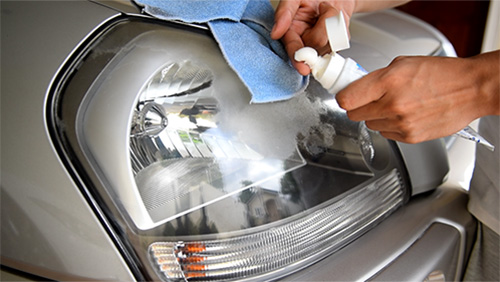Why Carbon-Ceramic Brakes Are Expensive and Worth It?

When it comes to high-performance vehicles, the choice of braking system plays a crucial role in both safety and driving experience. Among the various options available, carbon-ceramic brakes have emerged as a premium choice, offering exceptional performance and durability. However, their high cost often raises questions about their value. This essay delves into the reasons behind the expense of carbon-ceramic brakes and explores why they might be worth the investment for certain drivers.
Carbon-ceramic brakes are a type of braking system that utilizes a composite material made from carbon fibers and ceramic. This combination results in a brake disc that is both lightweight and highly durable. The primary advantage of carbon-ceramic brakes over traditional steel brakes is their ability to withstand higher temperatures without degrading, making them ideal for high-performance and racing vehicles.
Reasons for High Cost
Material and Manufacturing Complexity: The production of carbon-ceramic brake discs involves a complex and time-consuming process. The materials used are expensive, and the manufacturing process requires precision to ensure the desired performance characteristics.
Limited Production Scale: Unlike steel brakes, which are produced in large quantities, carbon-ceramic brakes are manufactured in smaller volumes. The limited production scale means that economies of scale are not as pronounced, leading to higher per-unit costs.
Research and Development: The development of carbon-ceramic brake technology involves substantial investment in research and development. Manufacturers invest in testing and refining the materials and design to ensure optimal performance, safety, and longevity. These costs are reflected in the final price of the product.
Benefits That Justify the Cost
Despite their high price tag, carbon-ceramic brakes offer several benefits that can justify the investment, particularly for performance enthusiasts and professional drivers.
Enhanced Performance: Carbon-ceramic brakes provide superior stopping power, especially under high-temperature conditions. This makes them ideal for sports cars and racing vehicles that require consistent and reliable braking performance.
Increased Durability: These brakes are highly resistant to wear and corrosion, leading to a longer lifespan compared to traditional steel brakes. This durability can result in cost savings over time, as the need for replacements is reduced.
Weight Reduction: The lightweight nature of carbon-ceramic brakes contributes to overall vehicle weight reduction, which can improve acceleration, handling, and fuel efficiency.
Reduced Brake Fade: The ability of carbon-ceramic brakes to maintain performance under high temperatures means they experience less brake fade, ensuring consistent braking performance during demanding driving conditions.
In conclusion, while carbon-ceramic brakes come with a high upfront cost, their performance advantages, durability, and potential long-term savings make them a worthwhile investment for certain drivers. For those who prioritize high-performance driving and are willing to invest in top-tier braking technology, carbon-ceramic brakes offer a compelling option that delivers both safety and enhanced driving experience.







